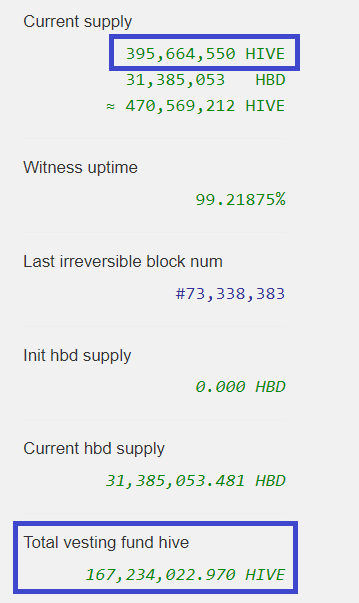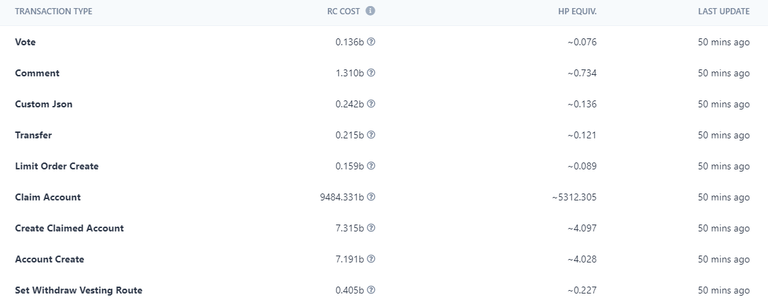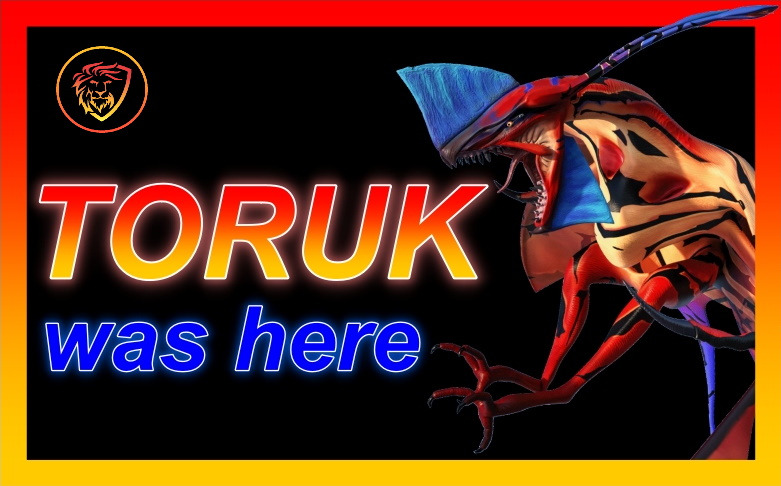We stated on a number of occasions that one of the value propositions for $HIVE is that it is an access token. To engage with the Hive blockchain, one needs to have the base layer coin staked. This means we need a growing amount of Hive Power created.
For those who are new, $HIVE powered up is turned into Hive Power. This allows one access to resource credits. This is a backend non-tradeable "token" that quantifies activity on Hive. Each has a value, denoted in RC, which needs to be available in one's wallet. For most, this is not a problem since a couple hundred HP tends to be enough.
Collectively, we can see how an increase in the user base could change things. The only way resource credits are created is by expanding the amount of Hive Power. That means, outside the inflation, someone needs to buy it and power up. It cannot happen any other way.
For that reason, monitoring how much Hive is staked is important. The base layer coin can tell is a great deal about what is taking place.
The information from Hiveblocks tells us all we need to know.

Hive Power Versus $HIVE
Looking at the latest numbers, we see there is roughly 395 million $HIVE in total. This is a number that can fluctuate based upon a few variables. Conversions to HBD, as an example, can actually turn $HIVE deflationary.
We also highlighted how there is a bit over 167 million Hive Power in existence. This is $HIVE locked up for 13 weeks. Like the total, this can also move around.
Doing some simple math, we can see that we have 42.2% of the $HIVE is locked up. Stated another way, 57.8% of all $HIVE is liquid and on the open market.
According to these numbers, we have 228 million $HIVE floating in circulation.
So what does this tell us?
In isolation, to be honest, not a great deal. We really do not have any correlation to apply these numbers to. Nevertheless, it looks like we can start to envision how things will unfold.
Demand Pushing The Percentage Higher
We are in a state where we have more than enough Resource Credits to cover the activity. However, in the future, will that always be the case?
People have asked what is the tipping point. This is a difficult question to answer because there are so many activities and a large spread. Here is a partial list of what activities cost in terms of RCs.

It is clear that an activity such as claiming an account equates to a lots of comments. One must have the equivalent of 5,312 HP to claim an account. Yet, we can make a comment for .734. These number change frequently but we get the point.
Another factor is we know these recharge each day. This is how Hive can be touted as a feeless blockchain. One does not pay transaction fees yet is charged the appropriate amount in RCs. As long as the wallet houses them, we can engage.
This is how $HIVE operates as an access token.
Transactions Of Utmost Importance
What is the future of Hive?
This can be summed up in transactions. It becomes clear how more activity will require more RCs. This fundamentally translates into the need for more Hive Power. Whether it is applications, investors, or individuals staking, someone has to do it.
At what point does the percentage start to move up? When does it get to the point where the amount powered up begins to affect the market?
Again, this is something we really cannot answer. What we can state is that, as the percentage increases, pressure builds. Of course, the inflation rate must be taken into account although that might be offset by the desire for the Hive Backed Dollar (HBD). We are watching how demand on that end can affect the amount of $HIVE available.
The power of Hive is that it all leverages against itself. It all comes back to these basic numbers. Wherever there is growth, more RCs are being used. That is going to necessitate the need for more HP over time. It matters none if this is Custom JSONs made by Podping or Splinterlands or account claims by Leofinance. This all feeds the same trough.
What we need is things to move into the millions.
We discussed the idea of HBD as a payment and transfer system. What happens if millions of transactions are taking place using HBD? This might seem outlandish now but consider the numbers done by USDC or Tether.
Then we have Custom JSONs. Leothreads using this feature for its polling. Couple that with games and Podping, what happens when that gets into the millions?
Of course, there is the Splinterlands, Part 2. A couple years ago, they were creating accounts like crazy. Looking at the RCs needed, claiming is a costly proposition. Yet, we know that many applications are looking ahead understanding they will need more going forward.
On-Chain Activity Matters
The bottom line is on-chain activity is crucial. We need as many transactions as possible. Cutting to the core is where things become clear. The essence of Hive, and its future, is right here.
Down the road, we will likely get to the point where we need to decide what data is posted on-chain. The real estate here might become too valuable. That said, we are a long way from that point.
For now, it is a matter of increasing the numbers. Why do we not garner attention? Simply because the numbers are poor. Yet, fundamental to this system is the fact that $HIVE is required to engage. This is why on-chain activity matters so much.
It will be interesting to watch how this metric changes over the next few years. Once breakthrough application or game could mean that we are looking at someone needs to acquire a vast amount of $HIVE.
Just consider what happens if we ever reach the point where this ratio is 75%-80%.
If you found this article informative, please give an upvote and rehive.

gif by @doze

logo by @st8z
Posted Using LeoFinance Beta

